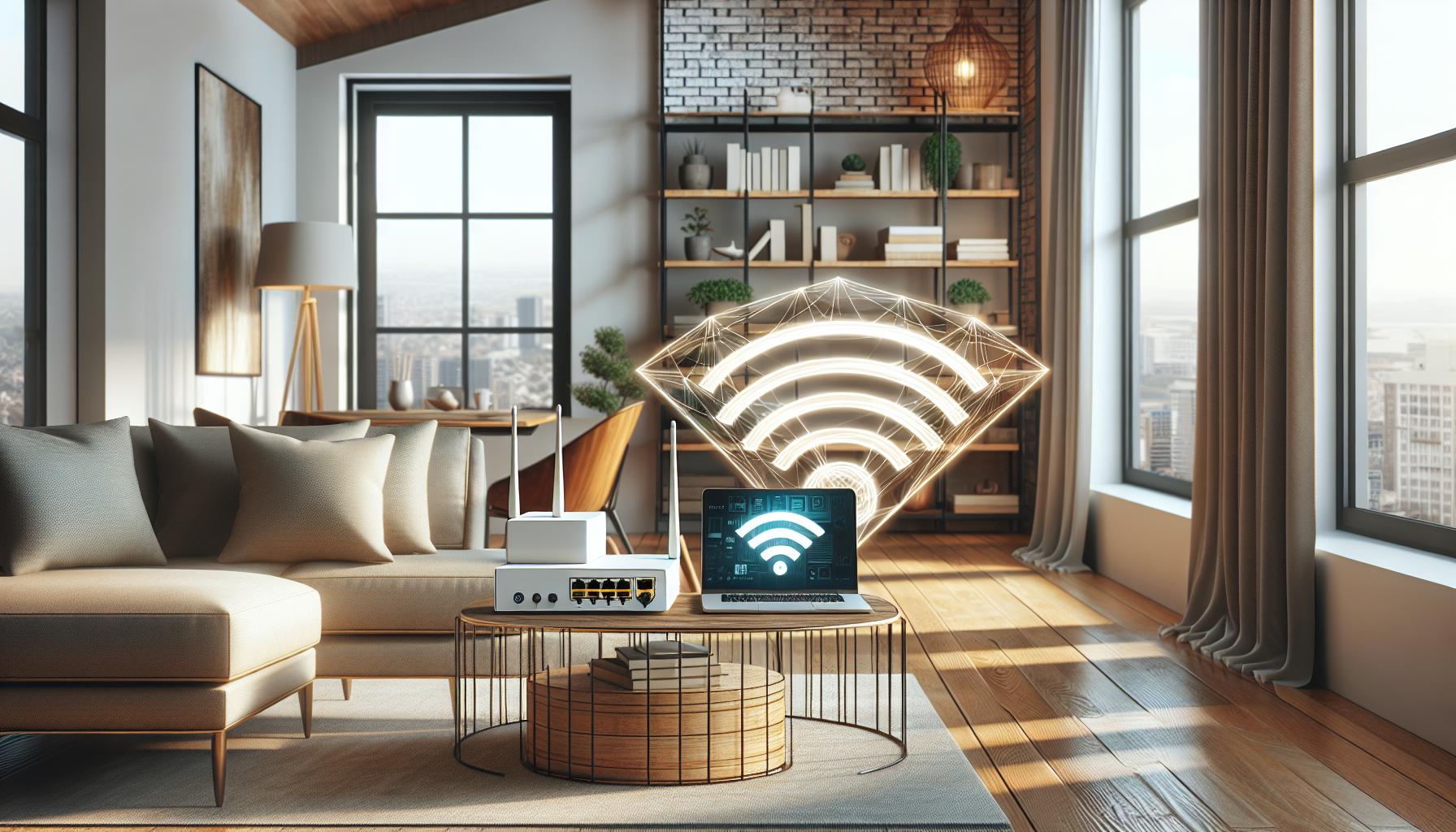Experiencing frequent WiFi disconnections on your laptop can disrupt your day and leave you feeling frustrated. You’re not alone—many users report similar issues, making it a common annoyance in today’s connected world. Whether you’re working from home, streaming your favorite shows, or simply browsing the web, a stable internet connection is essential.
Frequent laptop WiFi drops are often caused by incorrect power settings, outdated drivers, or network configuration errors. Identifying the root cause can help you implement effective solutions to restore your connection and improve your online experience.
Unlocking the reasons behind these interruptions not only resolves the immediate problem but also empowers you to maintain a reliable connection in the future.
Common Causes of Wi-Fi Disconnections
Frequent Wi-Fi drops can disrupt your workflow and online activities. Identifying the root causes is essential for restoring a stable connection.
Interference from Other Devices
Signal interference often disrupts Wi-Fi connections, especially in crowded areas. Multiple wireless devices like Bluetooth gadgets, cordless phones, and even microwaves can clash with your router’s signal. Overlapping Wi-Fi networks in densely populated neighborhoods exacerbate the issue. This interference weakens the connection, leading to frequent disconnections. Minimizing the number of active wireless devices or switching to less congested Wi-Fi channels can help maintain a stable connection.
Outdated or Corrupted Drivers
Outdated or corrupted network drivers are a common cause of Wi-Fi instability. When drivers fail to communicate effectively with your hardware, disconnections become frequent. Regularly updating your network drivers ensures compatibility with the latest software and security standards.
You can update drivers via the Device Manager by selecting your network adapter and choosing “Update Driver.” Keeping drivers current often resolves unexpected Wi-Fi drops and enhances overall connection reliability.
Power Management Settings
Power Management Settings can inadvertently disrupt your Wi-Fi connection. Many laptops are configured to conserve energy by reducing power to the network adapter, causing intermittent disconnections.
Adjusting these settings to prioritize performance over energy savings can stabilize your connection. Navigate to the Device Manager, select your network adapter, and disable any power-saving options. Ensuring that your device maintains consistent power to the network hardware prevents unwanted Wi-Fi interruptions.
Troubleshooting Steps

Fed up with your laptop ghosting your WiFi? Let’s fix that.
Run the Network Troubleshooter
Kick things off by running the Network Troubleshooter. Just click the internet icon, hit troubleshoot, and let Windows do its thing. If problems pop up, follow the prompts. It’s like having a mini tech guru right on your screen. Don’t skip this step—it often nails the issue without any extra hassle.
Restart Your Laptop and Network Devices
Sometimes, technology just needs a nap. Restart Your Laptop and Network Devices. Shut everything down, unplug your router and modem, wait a minute, then plug them back in.
This simple reboot can clear out temporary glitches and restore your connection. It’s basic, but annoying as it might be, it works more often than you’d think.
Update or Reinstall Wi-Fi Adapter Drivers
Outdated drivers are like outdated apps—they just don’t perform. Update or reinstall your Wi-Fi adapter drivers via Device Manager.
Right-click your adapter, hit update, or uninstall it and let Windows reinstall. Alternatively, grab the latest drivers from the manufacturer’s website. Keeping drivers fresh ensures your laptop talks smoothly with your router.
Reset Network Settings
When all else fails, reset your network settings. This step clears all your saved networks and resets configurations to default. Go to Settings > Network & Internet > Status > Network reset.
It’s a fresh start for your WiFi, eliminating stubborn issues that other fixes miss. Just remember, you’ll need to reconnect to your WiFi networks afterward.
Advanced Solutions

Still battling those pesky WiFi drop-offs? Try these advanced fixes to keep your connection strong.
Configure Power Management Options
Laptops love to save power by shutting off the WiFi. Not cool. Open Device Manager, find your Network Adapter, right-click, and go to Properties. Under the Power Management tab, uncheck “Allow the computer to turn off this device to save power.”
Next, navigate to Power Options in the Control Panel, select your power plan, click Change advanced power settings, expand Wireless Adapter Settings, and set Power Saving Mode to Maximum Performance for both On battery and Plugged in. Boom, no more unwanted shutdowns.
Change DNS Settings
DNS problems can wreck your connection. Switch to a reliable DNS like Google’s 8.8.8.8 or Cloudflare’s 1.1.1.1. Head to your network settings, choose your WiFi, go to Properties, and manually enter these DNS addresses. It’s a quick tweak that can seriously boost stability.
Switch Network Type to Private
Public network settings might be causing the chaos. Change your network type to Private for a more stable connection. Go to Settings > Network & Internet > Wi-Fi, select your network, and toggle the Private option. This ensures better device communication and fewer disconnections.
Prevention Tips

Keep System and Drivers Updated
Don’t ignore updates. Outdated drivers are a recipe for disaster. When your laptop’s drivers lag behind, WiFi hangs out too. Regularly check for updates or set them to auto-update. Missing these can mean more disconnections and frustration. Keep everything current to ensure smooth sailing. Trust us, your connection will thank you.
Optimize Router Placement
Stop stuffing your router in a dark corner. Router placement matters big time. If it’s buried behind furniture or too close to gadgets like microwaves, say goodbye to stable WiFi. Place it in an open, central spot for maximum coverage.
Less interference equals fewer drops. It’s simple—move the router and watch your connection improve instantly.
Limit Connected Devices
Too many gadgets hogging the network? Limit Connected Devices to keep your WiFi strong. Every device from phones to smart fridges pulls bandwidth, leading to drops.
Disconnect unused devices or prioritize essentials. Fewer connections mean a more reliable signal. Trim the fat and enjoy a steadier internet experience.
Conclusion
Laptop WiFi disconnections can really disrupt tasks and online activities but addressing the underlying issues can boost connection stability. By updating drivers optimizing settings and maintaining your network you can achieve a more reliable internet experience.
Regular upkeep and thoughtful setup help prevent future interruptions. These strategies enable users to enjoy seamless and consistent connectivity making online interactions smoother and more efficient.